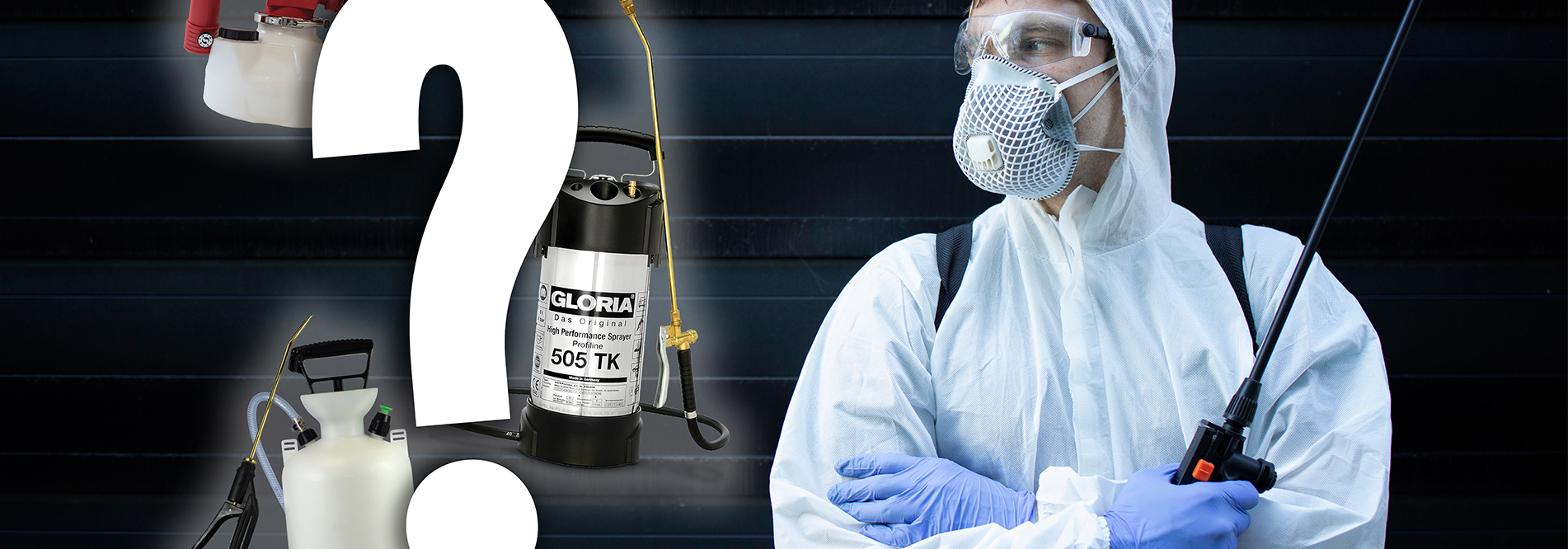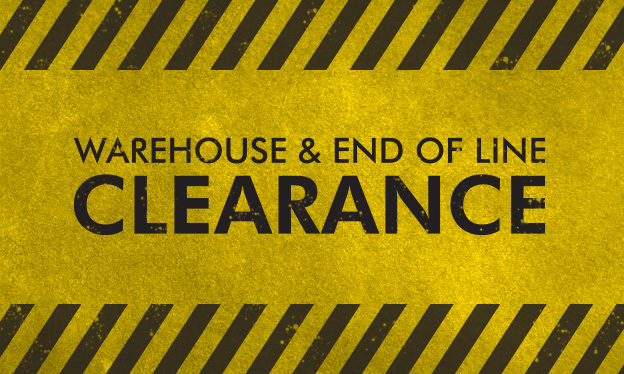As a pest controller, how do you choose the right tool for the job? It’s a decision that is crucial for effective treatment. Whether you’re dealing with mosquitoes, bed bugs, or hard-to-reach cockroach infestations, selecting a sprayer, fogger, or duster can make a significant difference in the success of your application.
Each piece of equipment has its unique advantages and best-use scenarios. We break down the differences between them and provide guidelines on when and why to use each for optimal pest control results.
Sprayers – Precision Liquid Application
Sprayers are the go-to equipment for applying liquid pesticides evenly across surfaces. They’re used to protect homes, gardens and property by applying insecticide sprays to control pests such as insects, and bugs.
Sprayers come in a range of different options, with the most clear differences being whether the tank is made of stainless steel or plastic.
Sprayers also come in a range of sizes, from portable 1tlr tanks to 5ltr options all the way up to wearable 12ltr backpack options, great for covering large areas thanks to their large tank.
Why choose to use a sprayer?
Targeted Spot Treatments:
- Sprayers are ideal for focused, targeted applications where precise control over pesticide placement is required. For example, if you’re treating individual ant hills or applying pesticide to baseboards, a sprayer allows you to control the exact amount of liquid used.
Surface Treatments:
- Sprayers are highly effective for applying pesticides to surfaces where pests like bed bugs or roaches are present. You can coat furniture, walls, or cracks and crevices where pests tend to hide or travel.
Outdoor Applications:
- If you’re dealing with lawn pests like ticks or fleas, a sprayer allows you to treat large outdoor areas by evenly distributing pesticide across your lawn, shrubs, and flowerbeds.
Versatility:
- Sprayers can be used for a wide variety of pests, from insects to weeds. Combine this with their adjustable nozzles, sprayers can cover large areas or focus on small, specific spots.
Sprayer Best Use Scenarios
- Treating cockroach or bed bug infestations in cracks and crevices.
- Applying pesticides to perimeter areas around homes to prevent ant invasions.
- Controlling weeds and lawn pests in residential or commercial yards.
Foggers – Quick, Broad Coverage
Foggers produce a fine mist of insecticide, allowing for wide dispersal of chemicals in a short amount of time. They can be used to treat a range of including mosquitoes or fleas.
From small carry foggers suitable for cars, homes and offices, to larger commercial devices ready to use in warehouses and industrial settings, they are ideal for applying insect killers that can quickly cover large or open areas.
Why choose to use a fogger?
Broad Coverage
- Foggers are well suited for treating indoor or outdoor areas because they cover a large area quickly. They have a long reach, with fine penetrating areas that are difficult to access with traditional sprays, like high ceilings, dense vegetation, or attics.
Enclosed Indoor Areas
- For pests like bed bugs or fleas, foggers can be used to treat enclosed indoor areas like attics, basements, or closed rooms where spraying would be inefficient or impractical.
Insect Control in Outdoor Spaces
- Foggers are also ideal for outdoor applications where pests like mosquitoes or flies are prevalent. The mist can reach high into bushes, trees, and other hard-to-reach outdoor areas.
Rapid Knockdown
- Foggers work quickly, making them great for achieving a rapid knockdown of flying insects or widespread infestations.
Time-Efficiency
- Foggers save time by dispersing the pesticide over a large area in one go, especially for flying insects or when dealing with large spaces.
Fogger Best Use Scenarios:
- Mosquito control in a backyard or outdoor event space.
- Treating large indoor spaces like warehouses, basements, or barns for fleas or flies.
- Knocking down flying insect populations such as flies, gnats, or wasps.
Dusters: Target Cracks and Crevices
Dusters are tools for applying fine insecticidal powders or dust to targeted areas. These dust insecticides act as a long-lasting pest control agent, adhering to surfaces and reaching into small cracks, gaps, or voids where pests hide or travel. Dusters can be both manual handheld devices, or powered by air compressors for larger applications.
Why choose to use a duster?
Crack and Crevice Treatments
- Dusters are ideal for applying pesticides precisely in small, hard-to-reach areas where pests tend to hide. This makes dusters particularly effective for controlling ants, cockroaches and bed bugs in tight spaces like wall voids, cracks, and crevices.
Long-Lasting Residual Control
- Insecticide dust tends to remain active for longer periods, making it an effective measure for long-term prevention. You can use a duster in areas where ongoing pest control is needed, such as in attics, crawl spaces, or behind appliances.
Electrical Boxes and Sensitive Areas
- Since liquid insecticides can cause damage to electrical components, dusters provide a safer way to treat pests like roaches or ants inside electrical outlets or junction boxes.
Hollow Spaces
- Dusters are perfect for treating pests that hide in voids like ants. The dust can be applied to wall voids, gaps in wood, or beneath concrete slabs.
Duster Best Use Scenarios
- Applying dust insecticide into wall voids for termite prevention.
- Treating electrical outlets for ant or roach infestations.
- Targeting bed bugs or cockroaches hiding in cracks, crevices, or behind appliances.
What to consider when choosing the right tool for the job?
When deciding between a sprayer, fogger, or duster for pest control, consider the following factors:
What is the size of the treatment area?
If you need to cover a large area quickly, a fogger may be the best option.
For smaller, more focused treatments, a sprayer or duster may be more appropriate.
What type of pest are you controlling?
Flying insects like mosquitoes or flies are best handled with a fogger.
Pests that hide in cracks and crevices, like roaches or bed bugs, benefit from a duster.
Precision vs. Coverage?
If you need precise control, such as targeting a specific ant trail or crack, a sprayer or duster is ideal.
If broad coverage is necessary, like for an outdoor wasp treatment, a fogger is the better choice.
Indoor vs. Outdoor?
Foggers work well both indoors and outdoors but are particularly useful for outdoor pest control due to their ability to disperse over large spaces.
Sprayers and dusters are more appropriate for indoor use, especially for direct surface treatments.
By knowing what is the right tool for the job, you’ll not only improve the effectiveness of your pest control treatments but also ensure better client satisfaction and pest-free environments.











“ Drkill pest control services have ordered a quantity of bait boxes and had these printed with our own branding and wording. 1env solutions were able to carry out all art work and printing taking away all the hassle of having to find company’s to do this. All turned around in a swift professional time with no delay. Highly recommended and will continue our custom with them for all our needs. ”